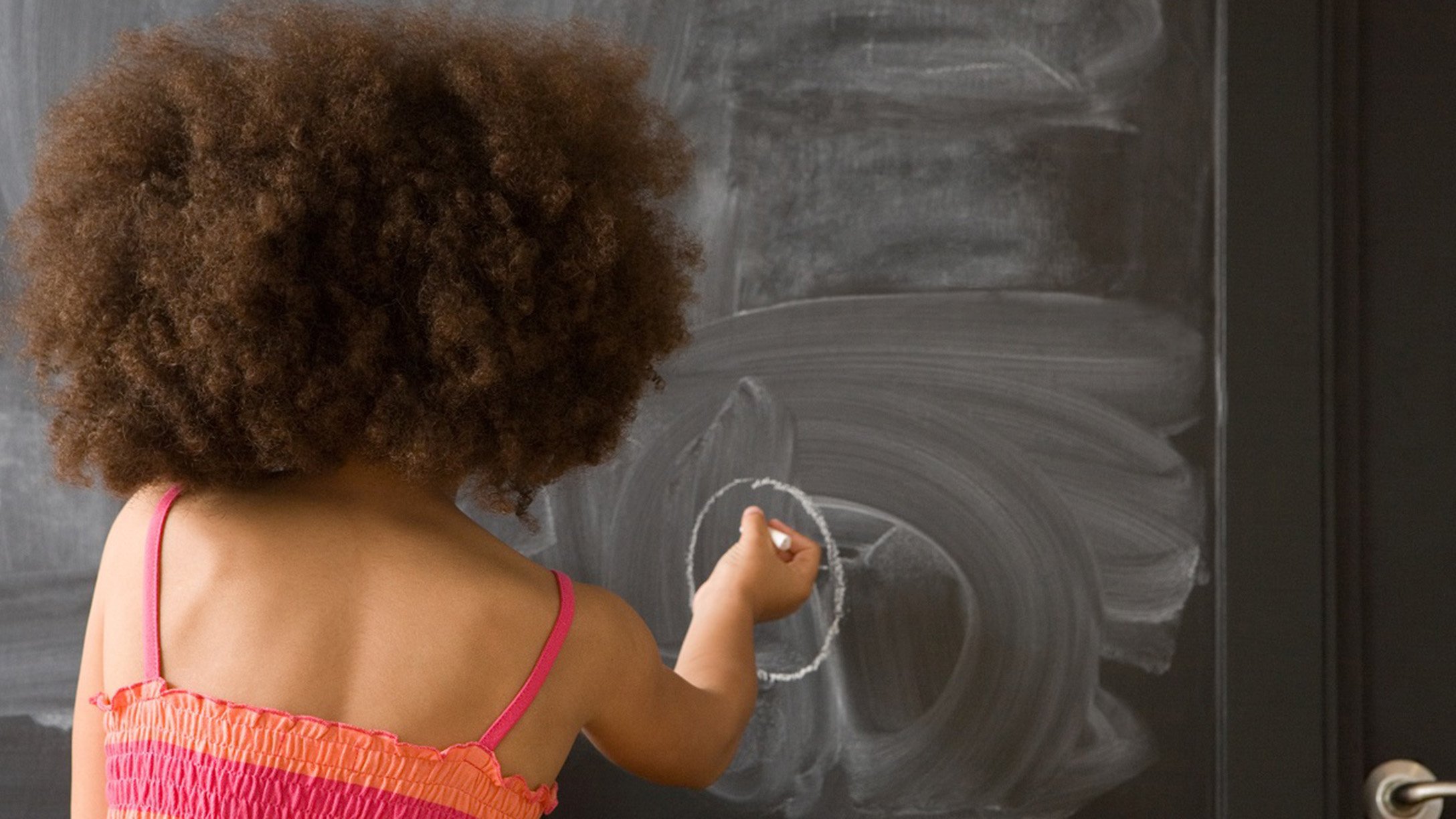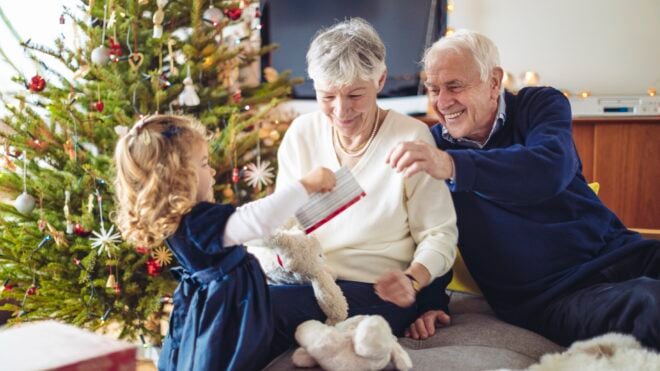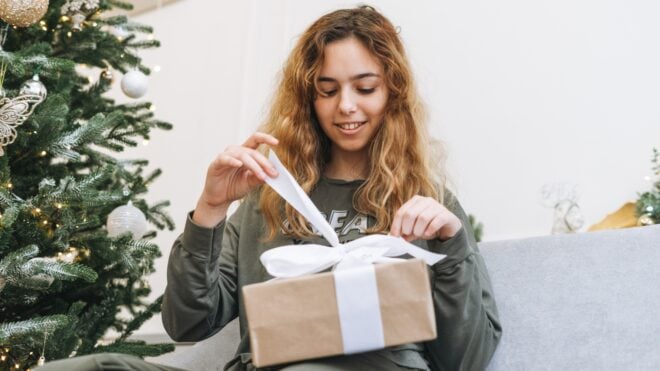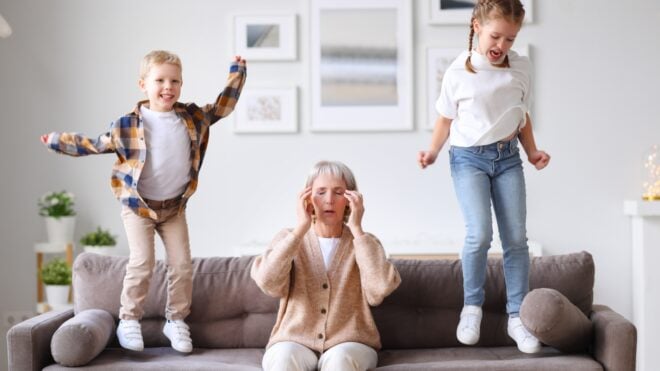
I felt ready. My 7-year-old self sat as still as possible while my mom applied the white, creamy chemical substance to my hair, careful to avoid getting it on my scalp.
My mother had warned me about the tingling sensation I would feel and had thoughtfully applied petroleum jelly around my entire hairline, ears, and the nape of my neck to lessen the possibility of chemical burns.
This was the mental and physical preparation necessary for the application of my first relaxer.
I knew I was lucky to have a mom who’d gone to school for hair. Though she chose not to become a stylist, she applied the skills she’d learned to the heads of her children. She taught me how to wash my own hair by showing me how to wash hers. She trimmed my dead edges and taught me how hair grows better when it’s healthy. But, before I could translate this valuable information into the loving lessons of empathy and self-sufficiency they were, I could only think of one thing — I wanted straight hair.
In the earliest days of my childhood, I could be found wearing beaded braids or twisted ponytails secured at the bases and ends by “barrette balls,” elastics with giant beads on each end that acted as fasteners. Though the colorful accessories were fun, they felt too childish and silly to me.
After that, I graduated to getting my hair pressed. My mother would wash my thick mane and part it into sections for easier handling. The hours of deep conditioning, detangling, scalp oiling, and careful straightening by hot comb made this a full day’s process (at least) — an intolerable amount of time for a second grader.
In 1995, none of the women in my family wore their hair naturally, and neither did most of the black celebrities I saw on TV. Without natural hair being represented around me, I was unsure of how to take care of my hair in its curly state, so this rigorous routine seemed like the only option. Even then, I had to wear twists and braids to keep my hair stretched and as straight as possible.
Enduring the burning sensation that was slowly creeping over my scalp was the first lesson I learned about being a black woman.
By second grade, I’d noticed that none of the other girls had to keep their hair in restrictive styles. White girls were free to run their fingers through their hair, or wear comb-in headbands and butterfly clips, all things I couldn’t experience because my hair was so big and too wild to wear loose. The neighborhood I lived in was filled with black kids who looked like me, but when we were bussed to school, we were shuffled around so that sometimes I was the only black girl in a sea of faces and hair textures that didn’t resemble my own.
I’d often come home with undone twists and blame it on friends, but I honestly just wanted to free my strands. “Don’t let people play in your hair!” my mother would remind me before sending me off to school. But almost daily, I’d return with an altered version of the style she’d given me.
When I saw another black girl in my class wearing a simple ponytail slicked to the back, with a bundle of straight hair following, I knew it was time for me to get a relaxer. My mother did her best to talk me out of it, but I wanted to manage my own hair and wear it down without begging her to spend a whole day straightening it. As far as I knew, a relaxer was the only way to do that. Eventually, I broke her down and talked her into giving me my first perm.
When I initially felt the cool goo being applied, I thought that I’d somehow escaped the pain, but a tingling feeling began within minutes. Enduring the burning sensation that was slowly creeping over my scalp was the first lesson I learned about being a black woman. I breathed deeply, tried my best not to fidget, and kept my hair goals in clear view.
“Just think of Aaliyah,” I muttered, reminding myself of my favorite mid-'90s singer, a black teen with long hair that she wore side-parted and over her eye. “You’re gonna look just like that.”
I kept up this painful process for 16 more years of my life. Throughout that time, I experienced problems with breakage, difficulty using dyes, and I never fully grew out my hair the way I remembered being able to before getting my first relaxer.
As I grew up, so did the world around me. I began to see more and more black women chopping off their relaxed hair and rocking whatever beautiful bouffants they chose. I moved to Atlanta, Georgia, in my early twenties and had my own “big chop” after finding a community of other African-American women proudly rocking afros, braids, locs (preferred by many over “dreadlocks”), and everything in between!
Since then, I’ve been able to style my natural hair and express myself in ways I never could’ve imagined — and I will never relax my hair again.




